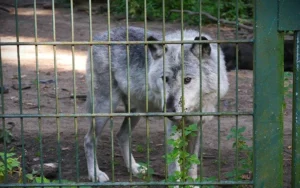Spoilt for choice – people in the 15th century were already familiar with this, because the famous saying ‘Spoilt for choice’ originated during this period. And today it still makes many breeders break out in a sweat when it comes to finding the right stud dog for the next litter. Between theory and practice, there are a number of reasons why this particular male dog was chosen. Some of them are fairly simple: ‘I don’t want to drive more than two hours,’ ‘The male dog must be available immediately,’ or ‘I don’t want to pay more than X amount for the stud fee.’ As a future puppy owner, you usually don’t find out about this.
But then there are also breeders for whom planning a litter is almost as elaborate as organising their own wedding. They plan months in advance, meet with the future ‘bride and groom’ several times to make sure the chemistry is right – and preferably also between the owners.
As I am an emotional breeder myself, I would like to show you in this blog how I plan my ‘dog weddings’ in step-by-step research.
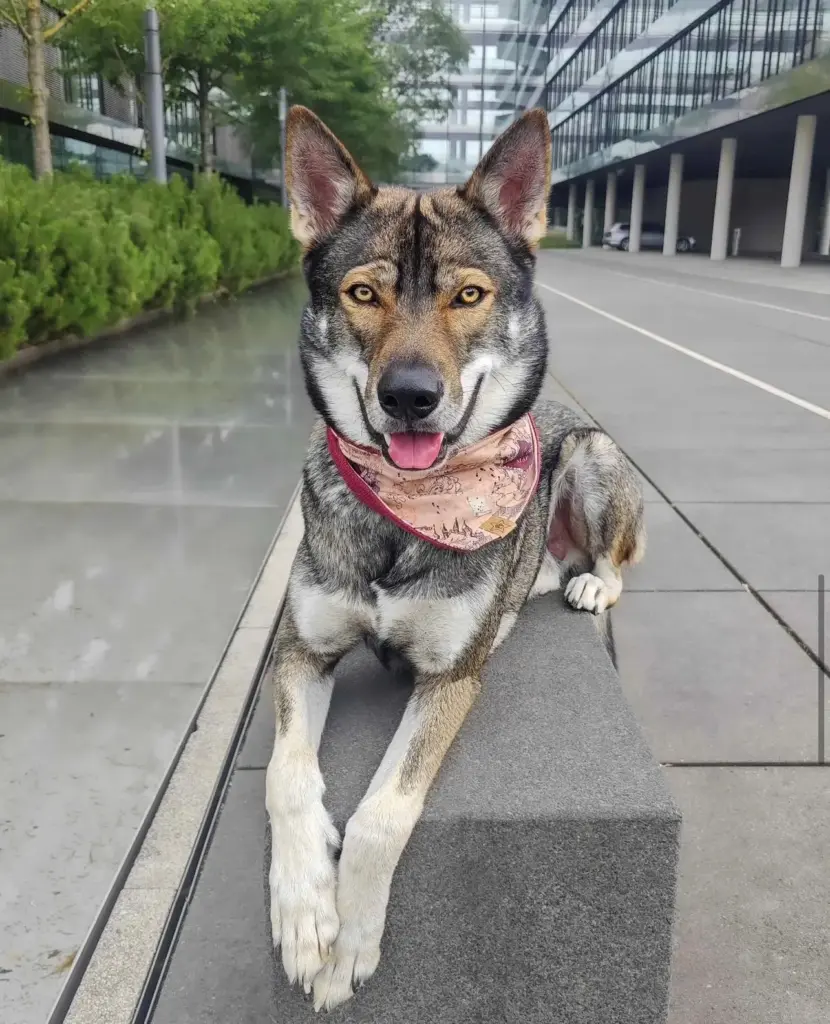
Chapter 1: Breeding goal
The first point, which is often overlooked, but has an enormous influence on your breeding and the breed, is your breeding goal. In dog breeding, this term describes the desired result that you want to achieve through your breeding. But what exactly does that mean? Of course, your dog should meet the breed standard or the recognition value of the respective grouping – in terms of health, appearance and character.
But here comes the moment when you should take a critical look at your own dog. Yes, you love your dog more than anything, and of course he is the best and most beautiful dog in the world. But: no dog is perfect – breeding means improving!
Every dog has its strengths and weaknesses. And it is precisely these weaknesses of your animal that you should know exactly in order to be able to actively work against them.
The next step is to take a close look at the ideal concept of your breeding or, if available, the currently valid breed standard. How well does your dog fit in? Which characteristics meet the standard and where might there be deviations? If you are unsure, you can also get the support of a breeding or breed expert. As a member of EWA, you have access to the Stud Dog Table, where you can enter everything I mentioned above. The breeding committee is, of course, always available to help you.
After you have compared your dog with the breed standard (or your ideal), you can add personal preferences to your breeding goal. Maybe you dream of particularly athletic dogs, plush fur or special colours like blue. But remember: some of these wishes cannot be fulfilled overnight. Certain traits take several generations to become established. For example, you won’t get blue puppies from a dog without the gene for blue fur – at least not in the first generation.

Chapter 2: Health
So, you have decided to work with your soul dog on your breeding goal and have done all the necessary research for the breed – maybe even a few extra. If your dog is genetically free of testable diseases, you have more options when choosing a stud dog. However, if your dog is a carrier of certain hereditary diseases, this limits the selection, because at EWA we make sure that no double carriers are used in breeding. This means that if your dog is N/DM, a mating with a partner that is N/HZ will not be approved.
With the help of so-called breeding values, it is even possible to predict probabilities in relation to hereditary, non-testable diseases. Nadine has prepared an entire seminar on this topic, which is available to our breeders and helps them to make meaningful decisions about non-testable diseases.
We just have to remember: the better your female’s health, the more potential partners you have.
Another tip: Studies have shown that dogs with hip scores worse than an A hip should only be mated with dogs with A hips. This minimises the risk of hip dysplasia significantly. If you mate two dogs with A1 hips, the probability of HD is only 3.5%. With A2 hips, the risk already increases to 8.2%, and with dogs with B1 hips, it doubles to 16.3%.
https://breedingbetterdogs.com/article/ofa-tables-hips
That is why our ethical guidelines also state that a partner must definitely have an A-hip.
However, HD is not only influenced genetically. Factors such as rearing, nutrition and the environment also play a role. For those who want to delve deeper into the subject, I recommend the basic breeding seminar. EWA – it’s worth it!
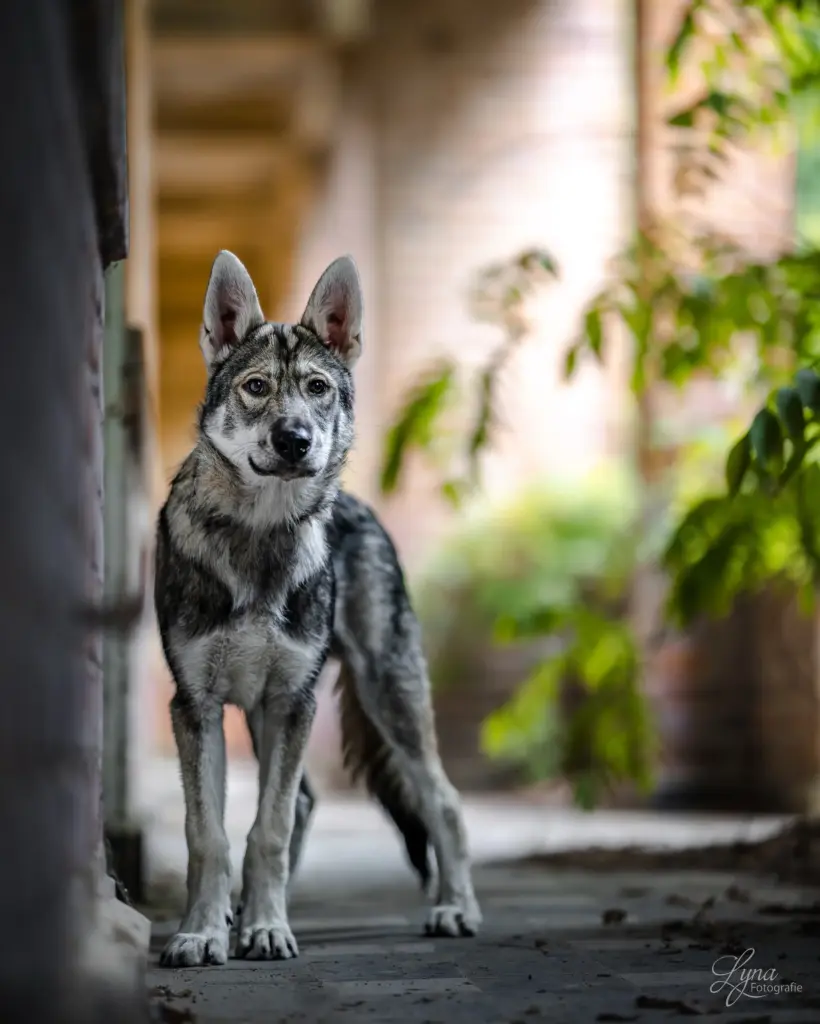
Chapter 3: Temperament
For me, character has always been just as important as health. The male dog I choose must be a ‘nice’ guy – one that is easy to handle in everyday life and shows no aggression towards people, dogs or other animals. After all, what use is the most beautiful dog if it poses a danger to its environment?
Unfortunately, character is not as simple as ‘nice dog x nice dog = nice puppies’. Studies have shown that only about 20% of a dog’s character is inherited. The remaining 80% can sometimes be the result of environment, experiences and upbringing. Epigenetics also plays a major role, which I explain in Chapter 4. What this means for us is that it is not enough if only the stud dog in a litter meets your expectations – all of its siblings should have similar traits for there to be a suspicion of a genetic component.
In short, sometimes a dog stands out particularly positively from the litter. But, as we now know, this is often less a question of genes and more a question of how it is raised and trained. Nevertheless, it is important to know that the father’s genetic influence plays a crucial role and, unfortunately, negative traits are inherited twice as strongly as positive ones. A 1992 study on the heritability of dog traits found the following: hunting predisposition 10-30% | nervousness 50% | various performance traits 10-50%.
Therefore, you should always keep a close eye on the character of your chosen male and his family and inform yourself well.
For my personal future breeding goal, this means: I am betting on a confident male who not only impresses with his appearance, but above all with his well-anchored, calm nature in the family.
Study: https://www.bvws.info/wp-content/uploads/2015/11/skript_seminar_2-09.pdf

Chapter 4: Epigenetics
You may have heard the term ‘epigenetics’ before, but not really understood it. That’s quite normal, because this field of research has only gained in importance in recent years. Epigenetics explains how environmental factors can influence the activity of genes – and how these changes can even be passed on through several generations.
What does that mean in practice? If a creature is exposed to strong environmental influences, such as chemicals, stress, trauma or poor nutrition, this can affect its genes in such a way that these adaptations are passed on to its offspring. In human psychology, it has also been found that traumas caused by war or violence can be passed on from generation to generation.
For dog breeding, this means that breeding animals that have had bad experiences or come from problematic or unknown backgrounds can have a stronger influence on their puppies than originally thought. The bond with their mother, early experiences and the behaviour of breeders and owners shape the dogs often much more deeply than genes alone could.
That is why it is important to consider not only the genetic line of a potential stud dog, but also where he comes from and what experiences he and his immediate family members have had.
https://www.kynologos.ch/media/archive1/downloads/WuH_22_2013_epigenetik_teil2.pdf
https://www.caniva.com/api/show/5fe8c876b7cb9e0f45232754
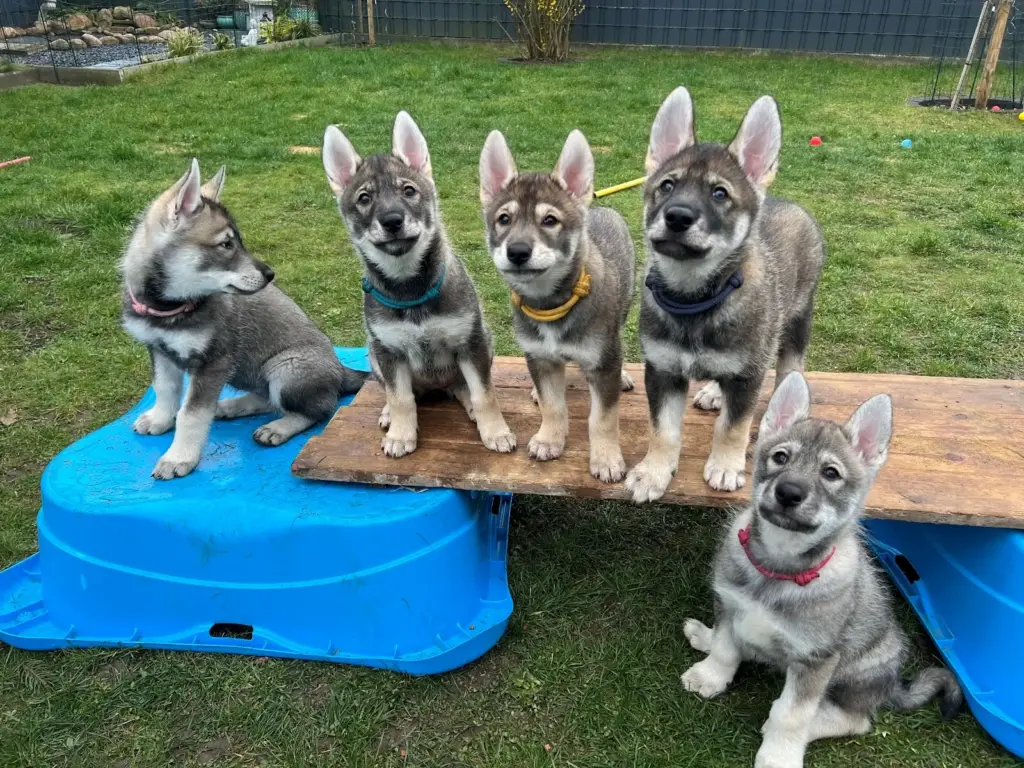
Chapter 5: Kinship
If you are looking for the suitable stud dog for your female dog, checking the relationship is one of the most important steps – whether at the beginning or here at the end of the planning. In addition to modern tools such as Embark, you should also analyse the pedigree in the traditional way to calculate the so-called inbreeding coefficient (COI) according to Wright. Only a detailed pedigree analysis can show you which ancestors appear twice and which positive or negative traits are hidden within the line. Studies on the breeding strategy within livestock breeding have shown that the wheel of inbreeding depression begins to turn from an average population COI of over 10%..
https://www.instituteofcaninebiology.org/blog/inbreeding-of-purebred-dogs-determined-from-dna
It is therefore important to keep the degree of inbreeding as low as possible, especially in breeds with a small population. In addition to the COI, the ancestry loss coefficient (ALC) indicates how many ancestors are lost due to multiple occurrences of ancestors. The higher the ALC, the greater the genetic diversity. When two dogs from line breeding that are not directly related to each other are mated, the degree of inbreeding of their puppies can be 0%, even though the loss of ancestors is high. This means that genetic diversity can nevertheless be limited.
The advantage of mating related dogs – i.e. line breeding – is that certain desired traits can be manifested more quickly and in a more targeted manner. This could be a consistent character, a uniform appearance or an increase in performance. However, line breeding also carries risks. A high COI does not automatically mean that the puppies will be ill, but undesired traits may be passed on more frequently in the genetics of the offspring.
Outcrossing, or breeding unrelated dogs, is often seen as a solution to increase genetic diversity. But be careful: this can also introduce new, undiscovered defects into the population, as many genetic defects are inherited recessively and may only become visible in later generations. So we learn that a low COI is no guarantee of healthy offspring.
If the stud dog you want has an unknown pedigree, it is difficult to assess the relationship. Even an Embark COI of 12% does not provide clear information about how closely the stud dog’s parents were related. In an extreme case, it could be a mating of half-siblings or grandparents with grandchildren, without this being immediately apparent. Furthermore, it is also not known whether the ancestors of the own female would double with the unknown ancestors of the potential partner. Therefore, it is crucial to pay attention when choosing the stud dog not only on the COI, but also to know and analyse the pedigree as well as possible.
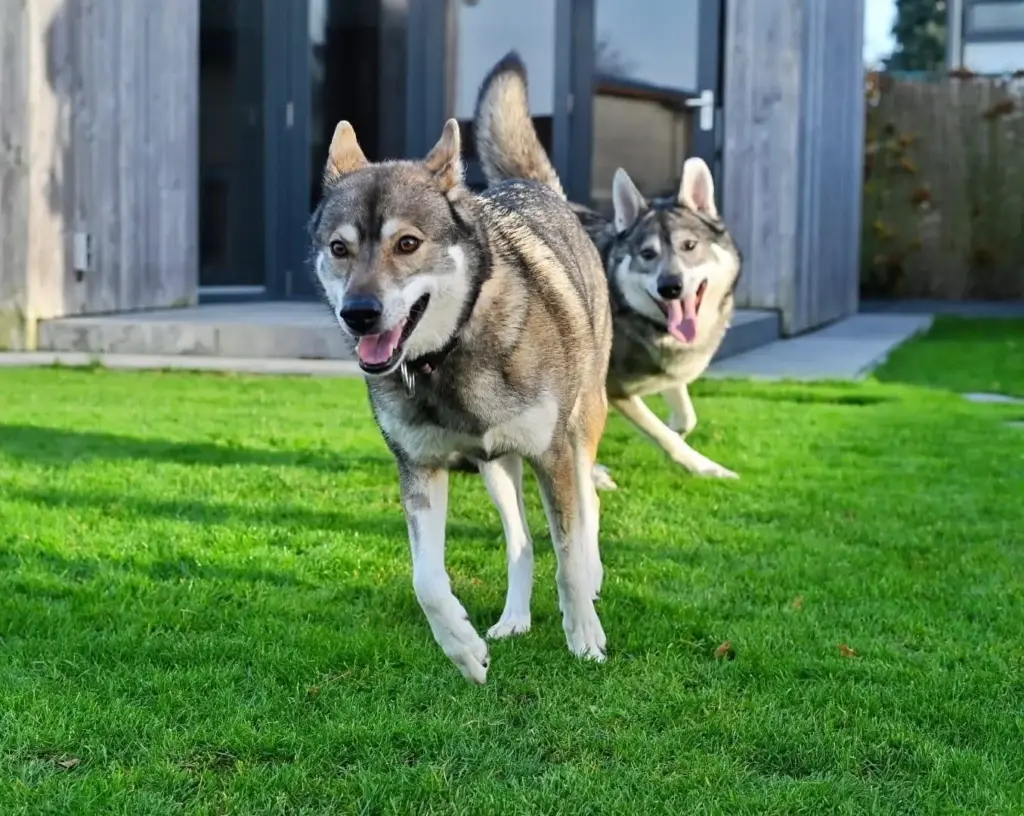
Conclusion:
I hope you enjoyed this insight into the search for the perfect stud dog. As you can see, a lot of responsibility, love, time and research goes into well-planned dog breeding. If you now feel like deepening your knowledge even further, I warmly invite you to attend our seminars. There you can delve deeper into the exciting world of inheritance and breeding. And maybe you have one or two suggestions on the subject of stud dog search that you can share with me 😉

